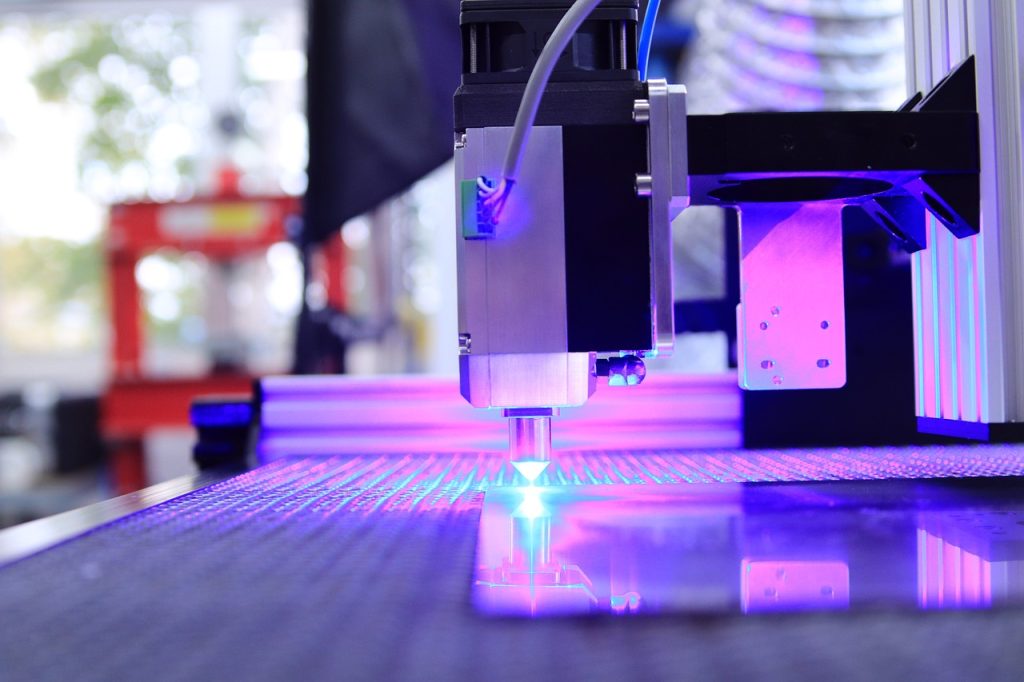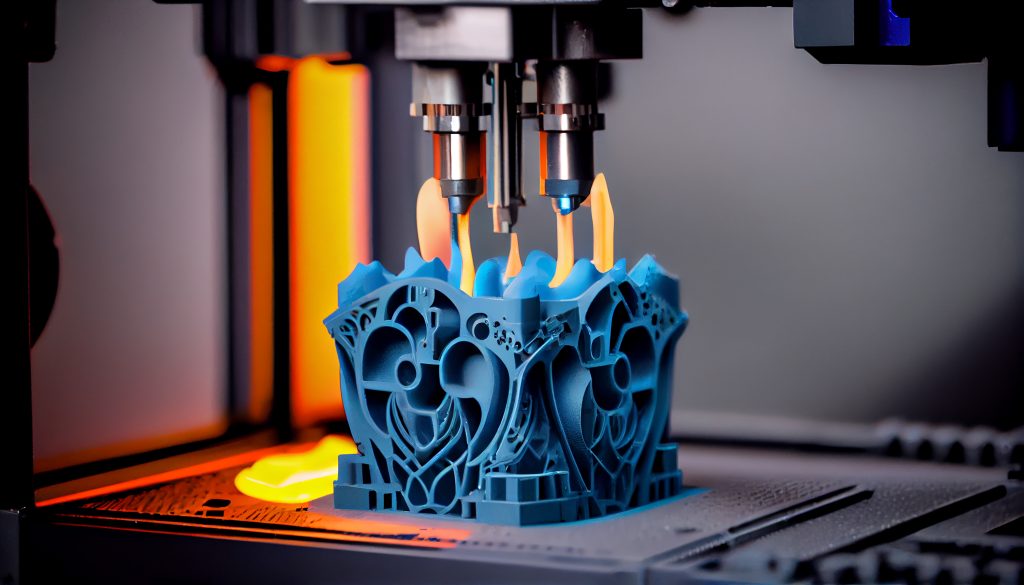In today’s world, precision and efficiency are vital in the manufacturing and fabrication industries. As a result, various cutting methods have emerged to meet the ever-increasing demand for high-quality cuts. A balanced comparison of the Pros and Cons of Laser Cutting vs. Other Cutting Methods, including their applications and limitations.
One of the most advanced and widely used techniques is laser cutting. In this blog post, we will explore the pros and cons of laser cutting compared to other traditional cutting methods. A balanced comparison of the pros and cons of laser cutting versus other cutting methods, including their applications and limitations.
Laser cutting is a technology that employs a highly focused laser beam to cut through materials with great precision. This method has gained immense popularity due to its versatility and ability to work with a wide range of materials. Here are some of the pros and cons of laser cutting:
Precision: Laser cutting offers exceptional precision, allowing for intricate and complex designs with tight tolerances. It can achieve cuts as small as a few thousandths of an inch, resulting in high-quality finished products.
Versatility: Laser cutting can be used on various materials, including metals, plastics, wood, fabric, and glass. It is suitable for both thin and thick materials, offering manufacturers a wide range of possibilities.
Speed: Laser cutting is a fast process, enabling high production rates. The laser beam moves quickly and can make precise cuts in a matter of seconds, significantly reducing production time.
Minimal material wastage: Laser cutting minimizes material wastage due to its narrow kerf width. The focused laser beam cuts with precision, reducing the amount of scrap material, which translates to cost savings.
No tooling required: Unlike other cutting methods, laser cutting does not require physical contact with the material, eliminating the need for complex tooling setups. This advantage makes it suitable for rapid prototyping and quick production changes.

Initial investment: The equipment and technology required for laser cutting can be costly, making it a significant investment for businesses. However, the long-term benefits often outweigh the initial expense.
Material limitations: While laser cutting is highly versatile, certain materials, such as reflective metals and some plastics, can be challenging to cut due to their high reflectivity or heat absorption properties. Additional precautions or alternative cutting methods may be necessary.
Laser cutting finds applications in various industries due to its precision and versatility. Let’s explore some of the areas where laser cutting excels:
Laser Cutting Applications: Laser cutting is extensively used in the automotive industry for fabricating intricate parts, including body panels, chassis components, and interior trim. The precision and speed of laser cutting enable efficient production and assembly of automotive parts.
Aerospace Industry: Laser cutting plays a crucial role in the aerospace sector, where precision and quality are of utmost importance. It is used to cut complex shapes in materials like aluminum, titanium, and composite materials, contributing to the construction of lightweight and high-performance aircraft components.
Electronics Industry: Laser cutting is utilized in the electronics industry for precise cutting of circuit boards, connectors, and other electronic components. Its ability to create fine details and small features ensures the accuracy and functionality of electronic devices.
Jewelry Design and Manufacturing: Laser cutting has revolutionized the jewelry industry by enabling intricate and precise cutting of precious metals and gemstones. It allows jewelers to create intricate designs, personalized engravings, and unique shapes with ease.
In addition to laser cutting, there are several other traditional cutting methods commonly used in industries. Let’s explore their pros and cons in comparison to laser cutting:
Plasma cutting involves the use of a high-velocity jet of ionized gas to melt and sever metals. Here are the pros and cons:
Suitable for thick materials: Plasma cutting excels in cutting thick materials, especially metals, making it ideal for heavy fabrication industries.
High cutting speeds: Plasma cutting is faster than many other cutting methods, making it efficient for large-scale projects.
Lower initial investment: Plasma cutting equipment is relatively less expensive compared to laser cutting machines, making it more accessible to small and medium-sized businesses.
Reduced precision: Plasma cutting produces wider kerf widths and can result in a rougher finish, limiting its suitability for intricate and detailed designs.
Limited material versatility: Plasma cutting is primarily used for metals and may not be suitable for cutting other materials, such as plastics or wood.
Waterjet Cutting: Waterjet cutting utilizes a high-pressure stream of water mixed with an abrasive substance to cut through materials. Let’s explore its pros and cons:
Material versatility: Waterjet cutting can work with a wide range of materials, including metals, plastics, composites, glass, stone, and more.
High precision: Waterjet cutting offers excellent precision, similar to laser cutting, making it suitable for intricate designs and fine detailing.
No heat-affected zone: Unlike laser cutting, waterjet cutting does not generate heat during the process, minimizing the risk of materia

Slower cutting speeds: Waterjet cutting is generally slower compared to laser cutting, which can impact production rates.
Maintenance and operational costs: Waterjet machines require regular maintenance and the cost of abrasive materials, adding to the overall operational expenses.
Laser cutting has revolutionized the manufacturing and fabrication industries with its precision, versatility, and efficiency. It offers numerous advantages, including high precision, versatility, speed, minimal material wastage, and no tooling requirements. However, it is essential to consider the initial investment and material limitations associated with laser cutting.
While other cutting methods like plasma cutting and waterjet cutting have their own set of advantages, they may not provide the same level of precision, versatility, or speed as laser cutting. Each method has its own strengths and weaknesses, and the choice depends on specific project requirements, materials, and budget. As technology continues to advance, laser cutting is likely to evolve further, addressing current limitations and becoming even more efficient and versatile. With its ability to create intricate designs and deliver high-quality cuts, laser cutting remains a leading choice for manufacturers across various industries.
Fill out this form and our team will call you with best offers on CNC Router machines.
This will close in 20 seconds